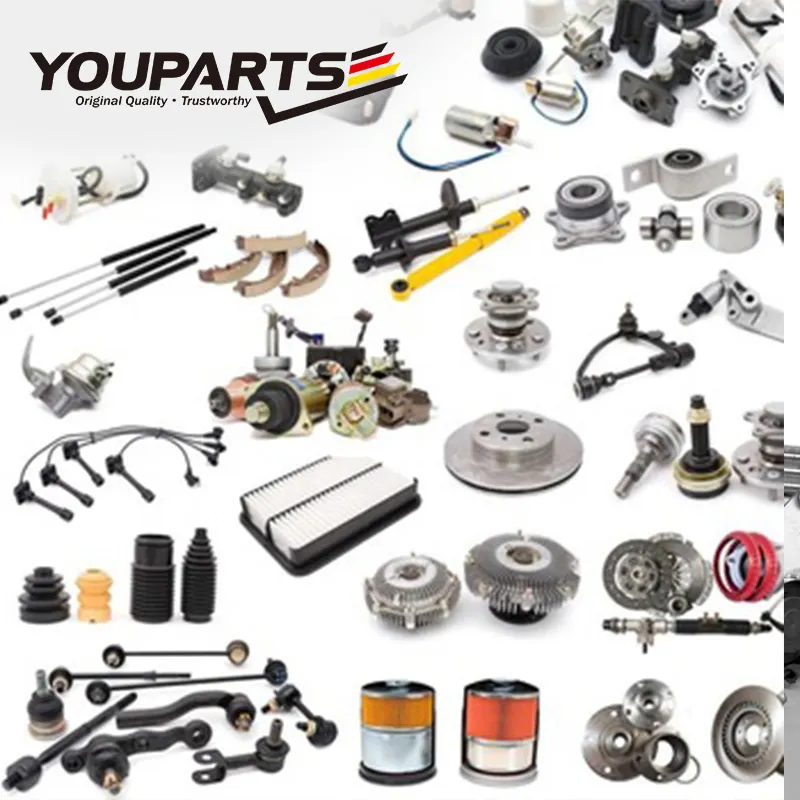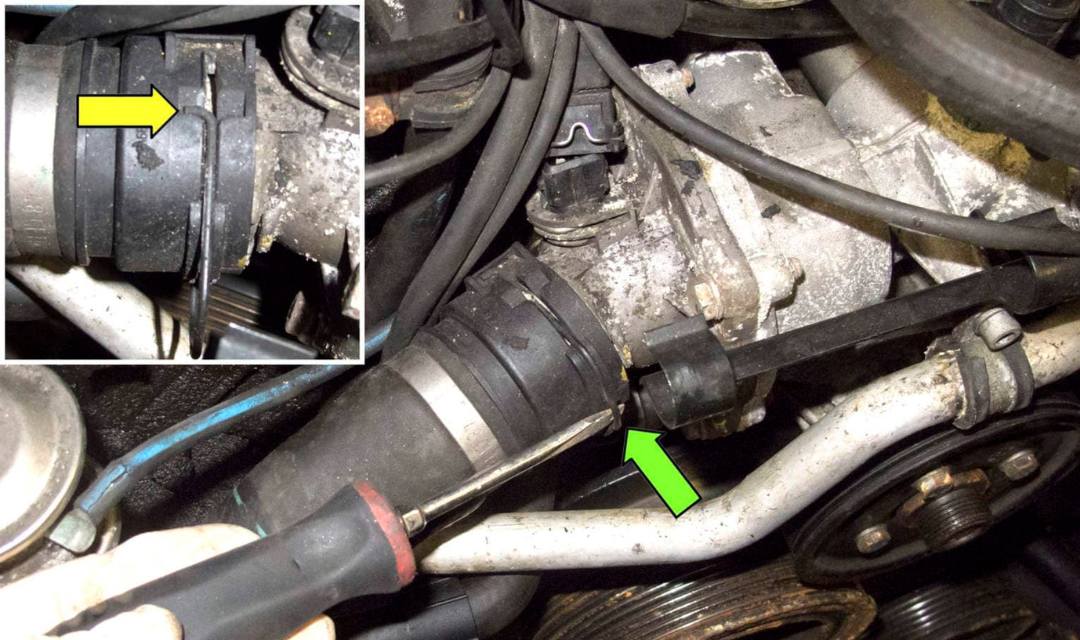BMW vehicles are known for their exceptional performance and luxury features. However, even the most high-end vehicles can experience issues with their pneumatic systems. One common problem that BMW owners may encounter is a malfunctioning solenoid valve block.
The solenoid valve block is a crucial component of the pneumatic system in BMW vehicles. It is responsible for controlling the flow of air to various parts of the vehicle, such as the suspension, braking system, and transmission. When the solenoid valve block is not functioning properly, it can cause a variety of issues, including a loss of power to the brakes, a rough ride, and even transmission failure.
Fortunately, solving your BMW pneumatic issues with the solenoid valve block is relatively straightforward. In this article, we will explain what a solenoid valve block is, how it works, and the steps you can take to diagnose and fix the problem.
What is a solenoid valve block?
A solenoid valve block is a type of valve that uses a solenoid, or an electric coil, to control the flow of air or other fluids. It is typically located near the front of the vehicle, and it is responsible for directing air to various parts of the pneumatic system.
How does a solenoid valve block work?
The solenoid valve block works by using an electric current to activate the solenoid, which in turn opens or closes the valve. When the valve is open, air can flow through it, allowing the pneumatic system to function properly. When the valve is closed, the flow of air is blocked, preventing the system from working.
Symptoms of a malfunctioning solenoid valve block
- Loss of power to the brakes
- A rough ride
- Transmission failure
- Warning lights on the dashboard
- Leaking air from the valve block
Diagn of a malfunctioning solenoid valve block
To diagnose a malfunctioning solenoid valve block, you will need to perform a visual inspection of the valve block itself. Look for any signs of leaks or damage, such as cracks or dents. You should also check for any warning lights on the dashboard, as these can indicate a problem with the pneumatic system.
If you suspect that the solenoid valve block is the cause of your pneumatic issues, you will need to have the vehicle inspected by a qualified BMW technician. They will be able to perform a more detailed diagnosis, including a scan of the vehicle’s computer to check for any error codes.
Fixing a malfunctioning solenoid valve block
If the solenoid valve block is determined to be the cause of your pneumatic issues, the next step is to have it replaced. A qualified BMW technician will be able to remove the old valve block and install a new one, which should restore proper function to the pneumatic system.
Keep in mind that a malfunctioning solenoid valve block is not the only possible cause of pneumatic issues in BMW vehicles. Other common causes include leaks in the air lines, worn suspension components, and problems with the air compressor. Therefore, it is important to have your vehicle inspected by a qualified technician to determine the cause of the problem before attempting to fix it.
Conclusion
BMW pneumatic issues can be caused by a variety of factors, but one common problem is a malfunctioning solenoid valve block. This component is responsible for controlling the flow of air to various parts of the vehicle, and when it is not working properly, it can cause a loss of power to
the brakes, a rough ride, and even transmission failure. However, solving your BMW pneumatic issues with the solenoid valve block is relatively straightforward. By performing a visual inspection of the valve block, checking for warning lights on the dashboard and having the vehicle inspected by a qualified BMW technician, you will be able to diagnose and fix the problem. It is important to note that a malfunctioning solenoid valve block is not the only possible cause of pneumatic issues in BMW vehicles, therefore, it is important to have your vehicle inspected by a qualified technician to determine the cause of the problem before attempting to fix it. In addition to the solenoid valve block, it’s important to also keep an eye on other components of the pneumatic system that can contribute to the issues. Regular maintenance and inspections of the air lines, suspension components, and air compressor can help prevent problems from arising. Furthermore, ensure that you only use OEM (Original Equipment Manufacturer) parts when replacing the valve block and other pneumatic components. This will ensure that your vehicle is operating at its best, and also maintain the integrity of your BMW’s warranty. Overall, understanding how the solenoid valve block works, being aware of the symptoms of a malfunctioning solenoid valve block, and taking the appropriate steps to diagnose and fix the problem will help you keep your BMW running smoothly. By following these steps, you can prevent pneumatic issues from arising and ensure that your vehicle is performing at its best.
Visit this page to know about BMW Pneumatic Solenoid Valve Block.


